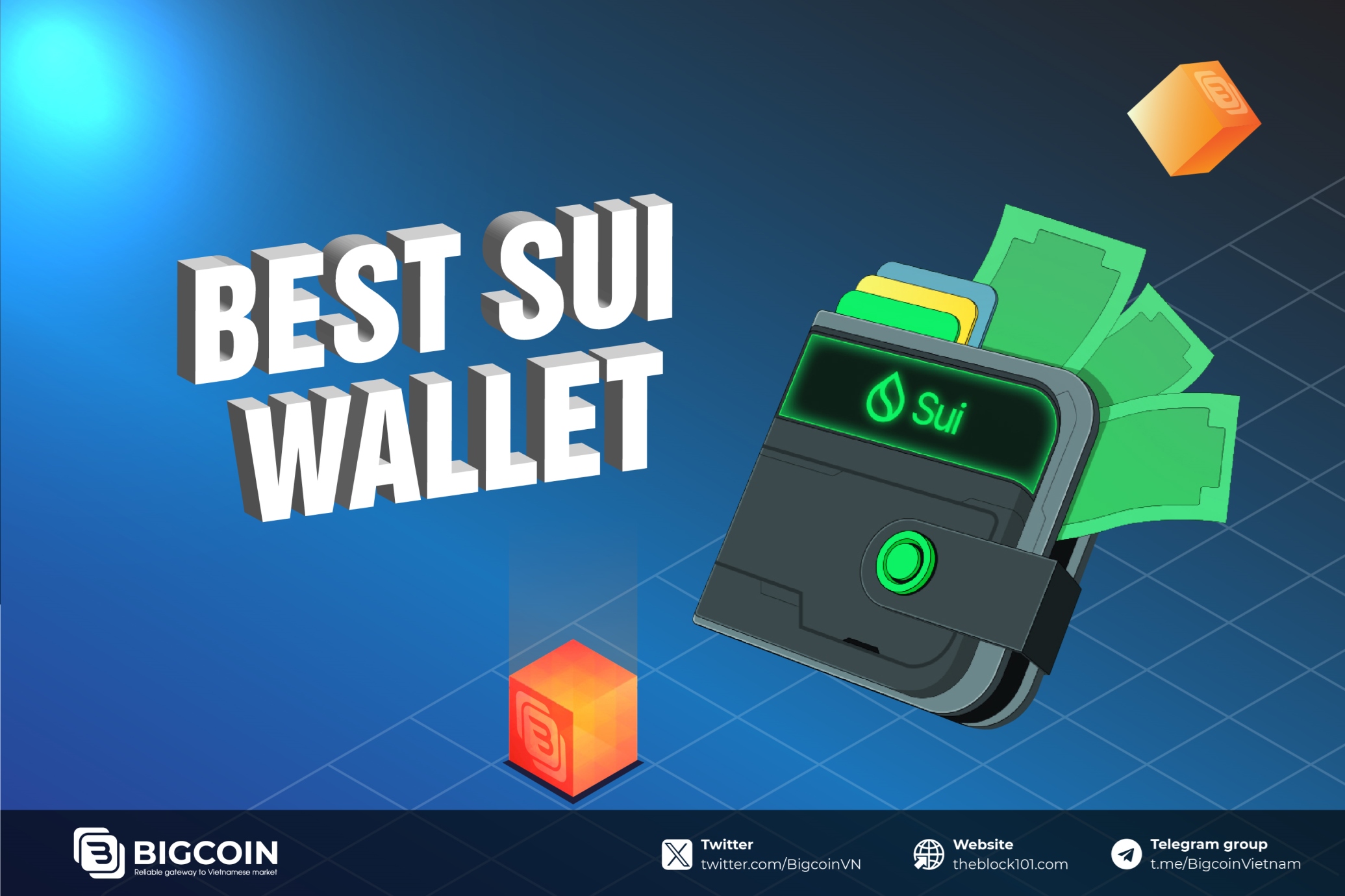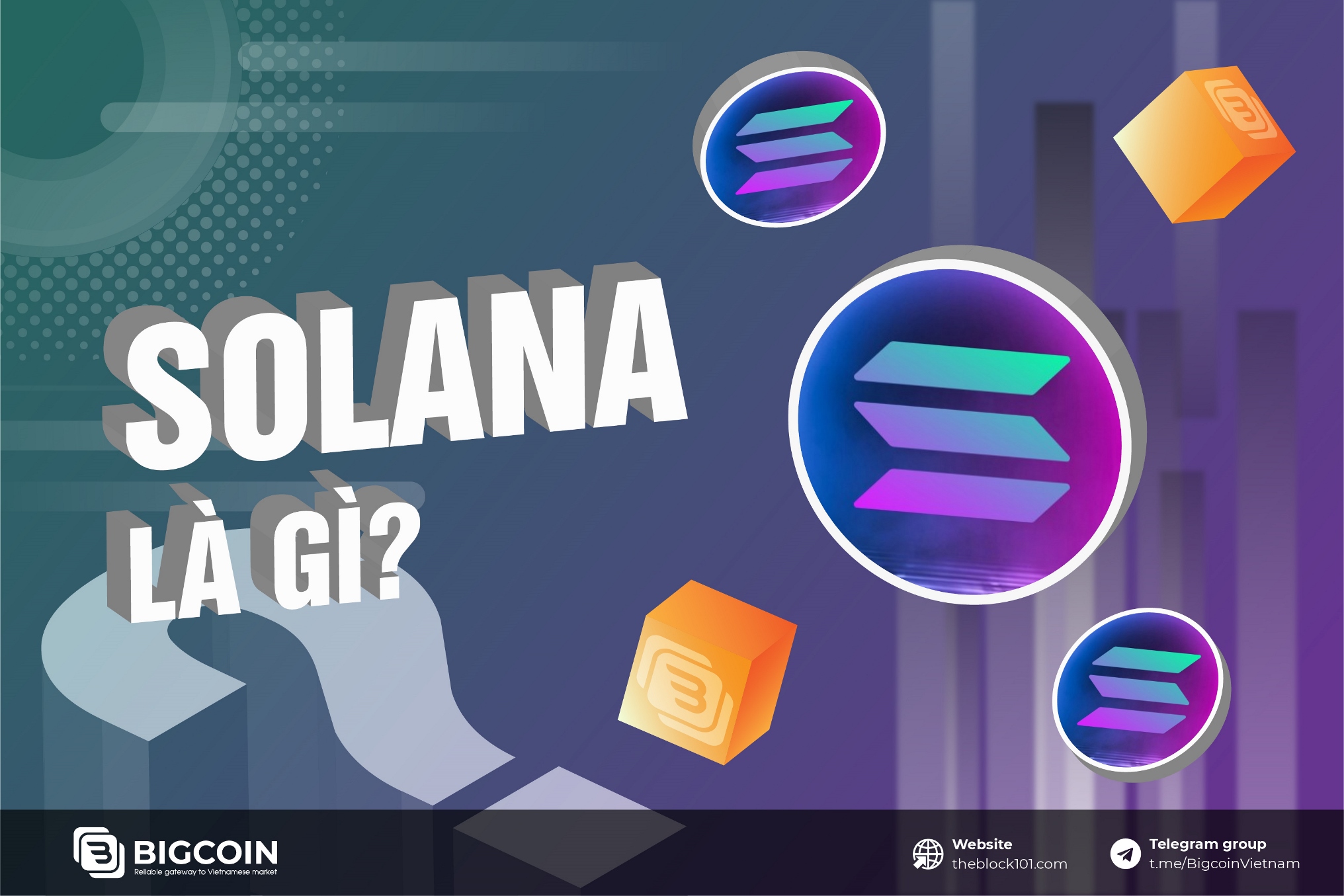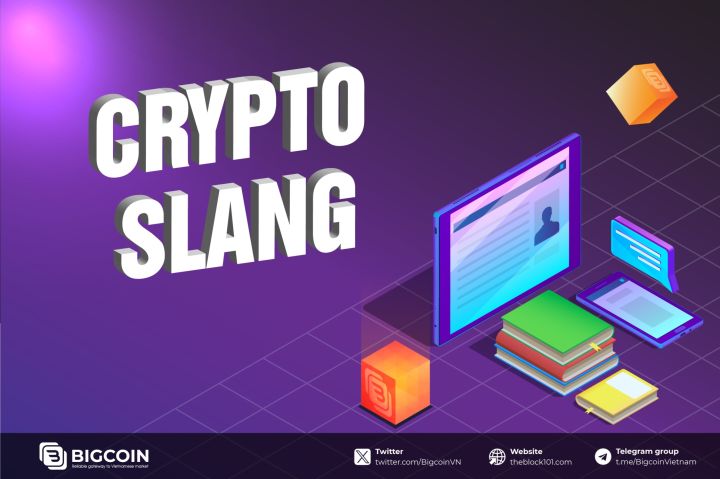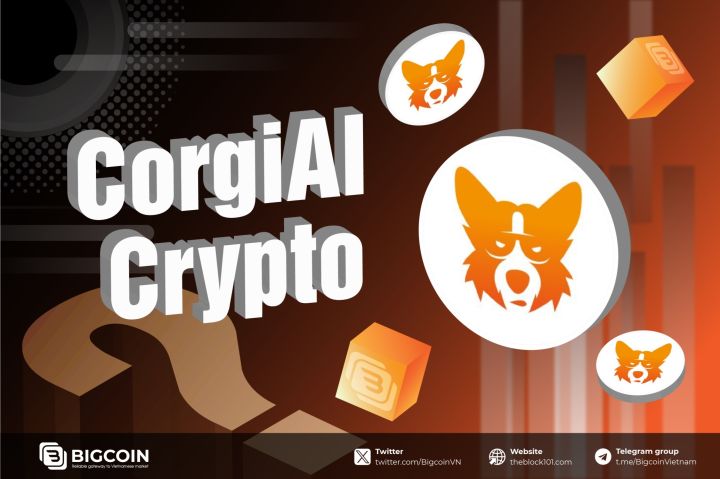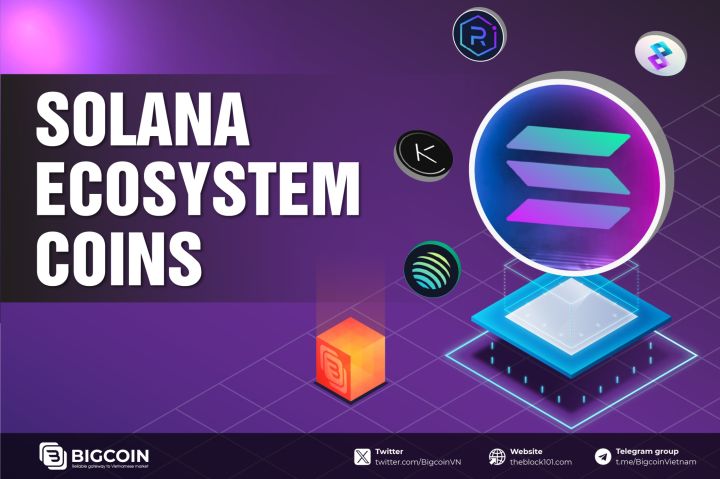1. Scroll overview
.jpg)
1.1. What is ZK-rollup?
Rollup is a well-respected Layer 2 solution in the community, consisting of two main models: Optimistic and ZK-rollup.
-
Optimism is a Layer 2 scaling solution for Ethereum, aiming to reduce gas fees and speed up transaction processing. It enhances user experiences while keeping the security provided by Ethereum's main blockchain. Optimism falls under the category of Optimistic Rollup and uses a fraud-proof mechanism. Well-known projects using Optimism include Arbitrum and Optimism, both attracting many users and having high Total Value Locked (TVL).
-
On the other hand, ZK-Rollup expands Ethereum's capabilities using Zero-Knowledge Proof technology. ZK-Rollup combines a large number of off-chain transactions into a Rollup block, creating off-chain proofs to verify and speed up transaction processing, enhance security, and save costs compared to other technologies. This method significantly reduces gas fees, as verifying proofs is much cheaper than recalculating transactions from the beginning.
ZK-Rollup is preferred over Optimistic Rollup due to its quicker verification process. Optimistic Rollup introduces a challenge game with fraud-proof, where reducing transaction confirmation time improves user experience but compromises security as the cost of an attack decreases. In contrast, ZK-Rollup ensures security through mathematical proofs, demonstrating knowledge without revealing the answer to the counterparty. ZK-Rollup has the potential to reduce transaction costs by 30 times or more compared to direct transactions on Ethereum. As a result, ZK-Rollup is acknowledged as a top scalable solution for Ethereum in both the short and long term.
1.2. What is Scroll?
Scroll stands as a Layer 2 blockchain protocol designed to extend the capabilities of Ethereum. Developed with a concentration on scalability, Scroll utilizes ZK-rollup technology, particularly zkSNARKS. Scroll also leverages the robust security features inherent in the Ethereum blockchain.
2. Scroll structure
2.1. Key technological features of Scroll
Scroll is developing as a ZK-rollup (zero-knowledge rollup) blockchain, taking advantage of the strengths inherent in ZK-rollup technology. The architecture of Scroll adopts a model similar to ZK-rollup.
-
Scroll handles transactions by grouping them into blocks (Rollup) after aggregating a set of transactions. Subsequently,, proofs are generated for the off-chain block.
-
Smart contracts on the Ethereum network verify these proofs without needing to re-execute the transactions.
Scroll advances zkEVM technology to facilitate the smooth development of applications on the Scroll chain while leveraging the benefits offered by the advancements in zkEVM technology:
-
Polynomial Commitment: Enables seamless system operation.
-
Customized Gadgets: Utilizes personalized utilities to reduce transaction fees.
-
Overall Hardware Acceleration: Enhances hardware speed and CPU performance.
Scroll develops three core components in its platform structure by leveraging the design advantages of zkEVM and ZK-rollup technologies, including:
-
Scroll Node: Generates layer 2 blocks from user transactions to be included in the basic layer of Ethereum, facilitating information exchange between layer 1 and layer 2.
-
Roller Network: Produces zkEVM validity proofs to verify transactions.
-
Rollup and Bridge Contracts: Ensure data availability, enabling the exchange of resources between Ethereum and Scroll.
.png)
2.2. Disadvantage of Scroll
There exist noteworthy vulnerabilities in the infrastructure and structure of Scroll:
-
Initial reliance on centralized nodes: To kickstart the system, initial trust is placed in one or more centralized nodes to establish network reliability. The Scroll team, as initial developers, must earn trust from early users. Although Scroll has outlined plans to decentralize nodes in the future, there is a lack of additional information or updates.
-
Elevated technical requirements: In addition to internal centralization concerns, Zero-Knowledge Proof (ZKP) technology tends to be sluggish and demands substantial data for optimal performance. This inadvertently creates barriers for subsequent nodes attempting to join the network.
-
Unreleased Scroll mainnet: The absence of Scroll's Mainnet poses challenges for DApps in testing integration on the network and evaluating its functionality in real-world and diverse testing environments. Furthermore, the lack of a Mainnet impedes the collection of adequate data for the project to assess future network optimization.
-
Lack of unique technological distinction: Ethereum's ZK-Rollup Layer 2 scaling solution isn't exclusive to Scroll but involves the participation of various prominent entities. The absence of a technological breakthrough presents hurdles for the project in building its ecosystem and effectively communicating with new users.
3. Scroll's mission

-
Scroll is on the path to creating a zk-Rollup that seamlessly works with the Ethereum Virtual Machine (EVM). The goal is to make it possible to directly verify Ethereum blocks using succinct proofs. The main idea is to check the consistency and integrity of each operation in the EVM execution trace. This approach allows smart contracts from the first layer to smoothly transition to the Scroll network. Scroll plans to support the original EVM by optimizing it, providing a significant advantage in compatibility with existing Ethereum infrastructure without needing any changes.
-
Scroll is set to initiate and standardize the layer 2 proof processing. It has introduced a powerful outsourcing mechanism to encourage Rollers to generate zk-rollup proofs. The scheme will be standardized to match off-chain computations, introducing a new proof. This has a direct impact on developers, allowing them to deploy complex contracts on Scroll without worrying about gas limitations. Numerous new applications can be triggered off-chain with proofs committed on the chain. Scroll has also developed the world's fastest GPU and ASIC verification engine to support this. Long-term plans involve achieving complete decentralization and reducing the impact of Miner Extractable Value (MEV).
-
Scroll is gearing up for a new proof system, employing a novel hierarchical zk-rollup proof structure. The first layer will be the alf prover, focusing on an optimized custom circuit and an efficient hardware proof algorithm. Layer 2 will serve as the verifier, providing a concise proof and an EVM-friendly verification algorithm. Compared to existing solutions, this system has the potential to support even larger programs than EVM and offer additional features, particularly in privacy.
4. Comparison with other zkEVM projects
The introduction of zkEVM aims to overcome challenges arising from inconsistent programming languages, hindering seamless integration into Ethereum's Layer 2 ecosystems. Prominent projects within the zkEVM domain, such as StarkNet, zkSync, and zkEVM Polygon will be systematically evaluated against Scroll.
The competitive landscape reveals that Scroll's prominence in comparison to its three counterparts is not as pronounced. Projects like StarkNet, zkSync, and zkEVM Polygon enjoy backing from substantial organizations, namely Starkware, Matter Labs, and Polygon. These projects lead the way in technologies featuring more optimized programming languages.
Scroll has not launched its Mainnet yet, resulting in an ecosystem that has not fully flourished. Native projects built on the Scroll chain are also incomplete and not comprehensive. Therefore, it is essential to monitor Scroll's developmental progress in the future to make a more in-depth evaluation of the project's potential.
5. Product
The Scroll platform currently boasts two key products: Portal and Bridge. These serve distinct purposes:
-
Portal: This feature is dedicated to overseeing the operational dynamics of blocks within the network.
-
Bridge: The Bridge product facilitates the transfer of tokens across diverse networks. Users can effortlessly conduct token transfers between the Goerli network and Scroll Alpha.
.png)
In the fourth quarter of 2022, Scroll is set to integrate the UniPass wallet to augment its versatility. This digital wallet allows users to register through Web2 accounts (such as Google or Email) and seamlessly interact with the Scroll network. The wallet functions distinctively, eliminating the necessity of utilizing tokens for transaction fees and opting for the utilization of AP points as a means of payment. This innovative approach enables users to engage effortlessly with various networks without any limitations.
6. Tokenomics
Updating...
7. Team
The Scroll team brings together individuals with diverse experiences across disciplines, including computer systems, hardware, blockchain, and cryptography.
.png)
8. Investors
In April 2022, Scroll successfully concluded its Series A funding round, securing a total of 30 million USD, led by Polychain Capital. On March 7, 2023, Scroll initiated an additional funding round, raising 50 million USD with the participation of various investment funds, including Polychain Capital, Bain Capital Crypto, and IOSG Ventures. The combined funds raised from these two rounds amount to 80 million USD, elevating the project's valuation to 1.8 billion USD. This noteworthy financial development underscores Scroll's growing prominence and strategic backing from key investors.
.png)
9. Roadmap
In 2022, Scroll successfully completed the Pre-Alpha Test phase.
In February 2023, Scroll announced the launch of the Alpha Testnet, and it is currently in this developmental stage. The official Mainnet release date has not been disclosed at this time.
In May 2023, Scroll integrated with Aave, a leading DeFi platform, enabling users to engage with the Alpha Test network through Aave's services. This presents an opportunity for retroactive participation in the project. For detailed instructions on how to participate, please refer to: Scroll's Retroactive Guide on Aave Integration.
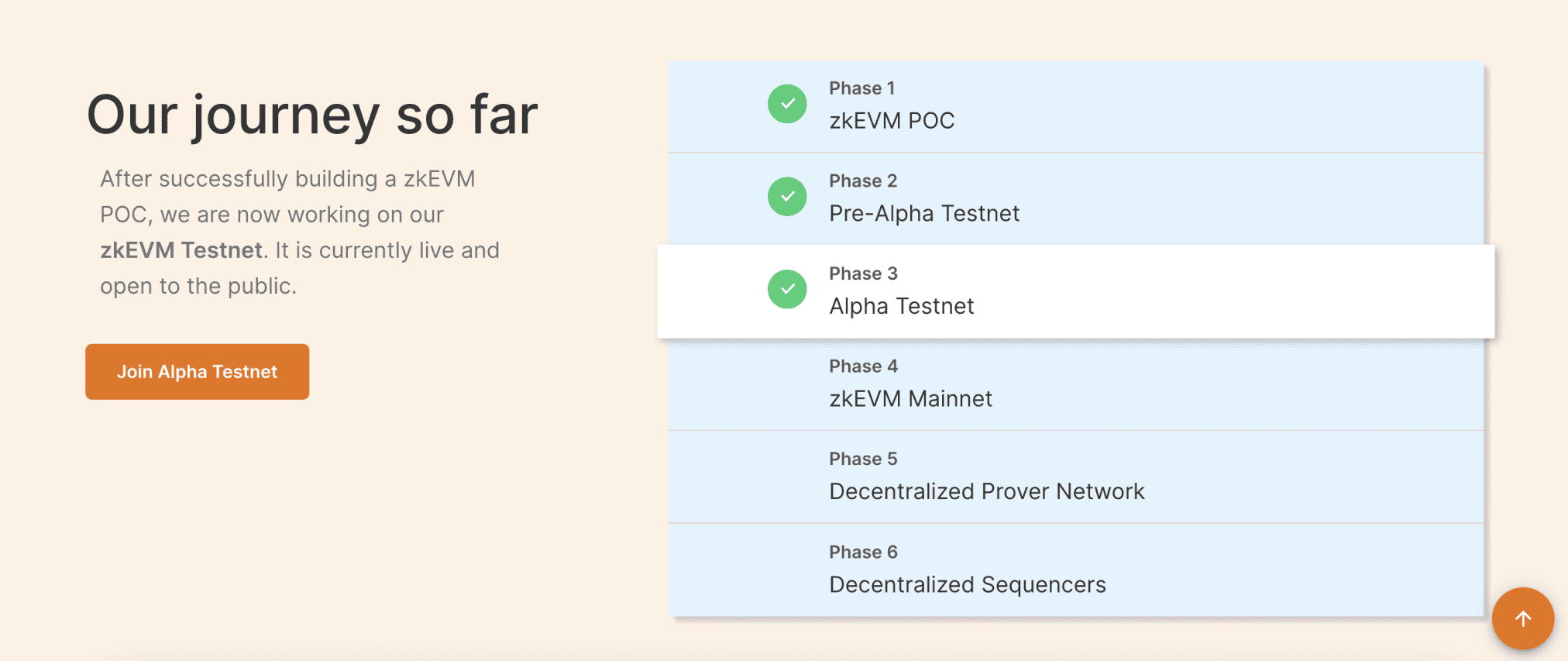
10. Ecosystem
-
Gaming: Scroll Kingdoms, Cubic, Sakaba, Carv
-
DeFi Applications: Aave, MUX protocol, Dodo, Sushi, Symbiosis
-
Supporting Infrastructure: Ankr, Celer Network, Gnosis Safe
-
NFT Projects: ReadON, Zonic, Creco
11. Conclusion
Scroll stands as one of Ethereum's Layer 2 scaling solutions, employing ZK-Rollup technology. However, it's not the only player in this field, facing significant competition from notable entities like Polygon, StarkWare, and Matter Labs. Despite this competition, Scroll's impressive valuation of 1.8 billion dollars underscores its potential and future development prospects. As a noteworthy Layer 2 project, it warrants ongoing observation for its ecosystem growth and the impending Mainnet launch.
Readmore:

 English
English Tiếng Việt
Tiếng Việt


